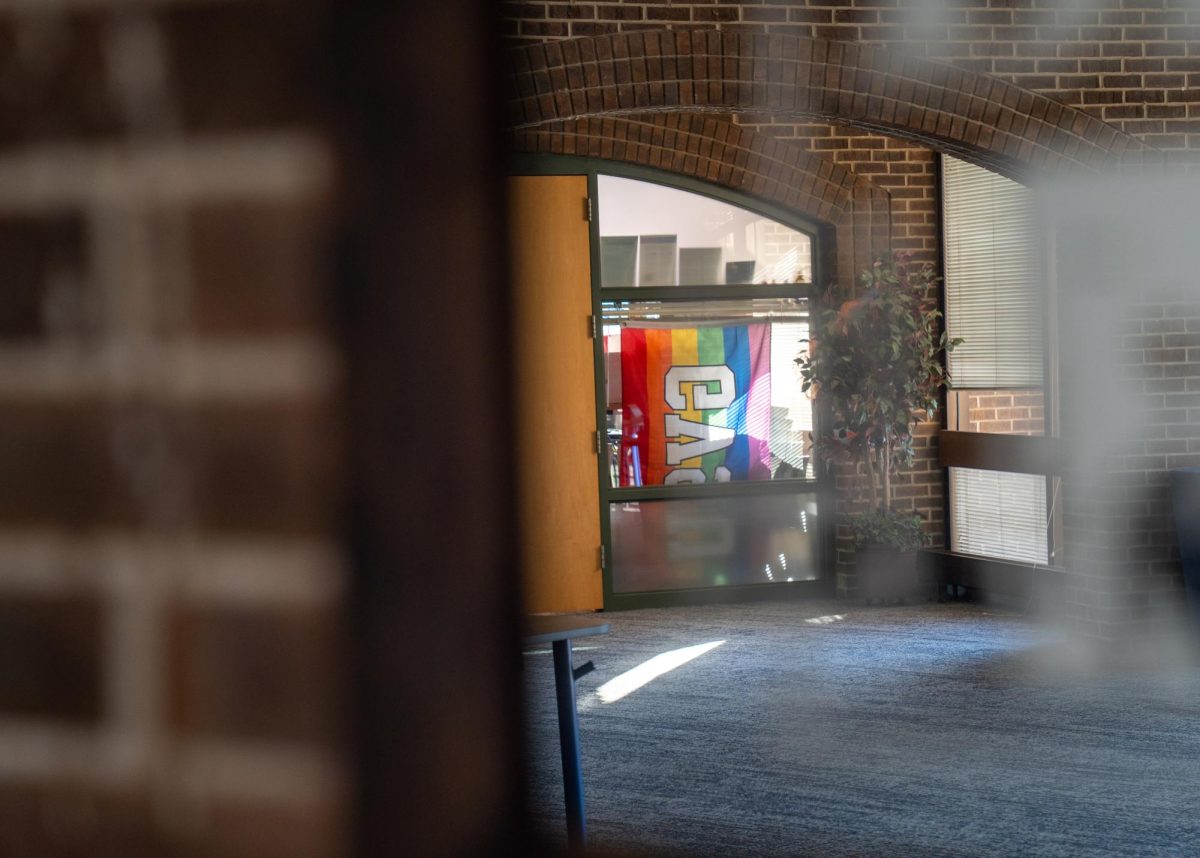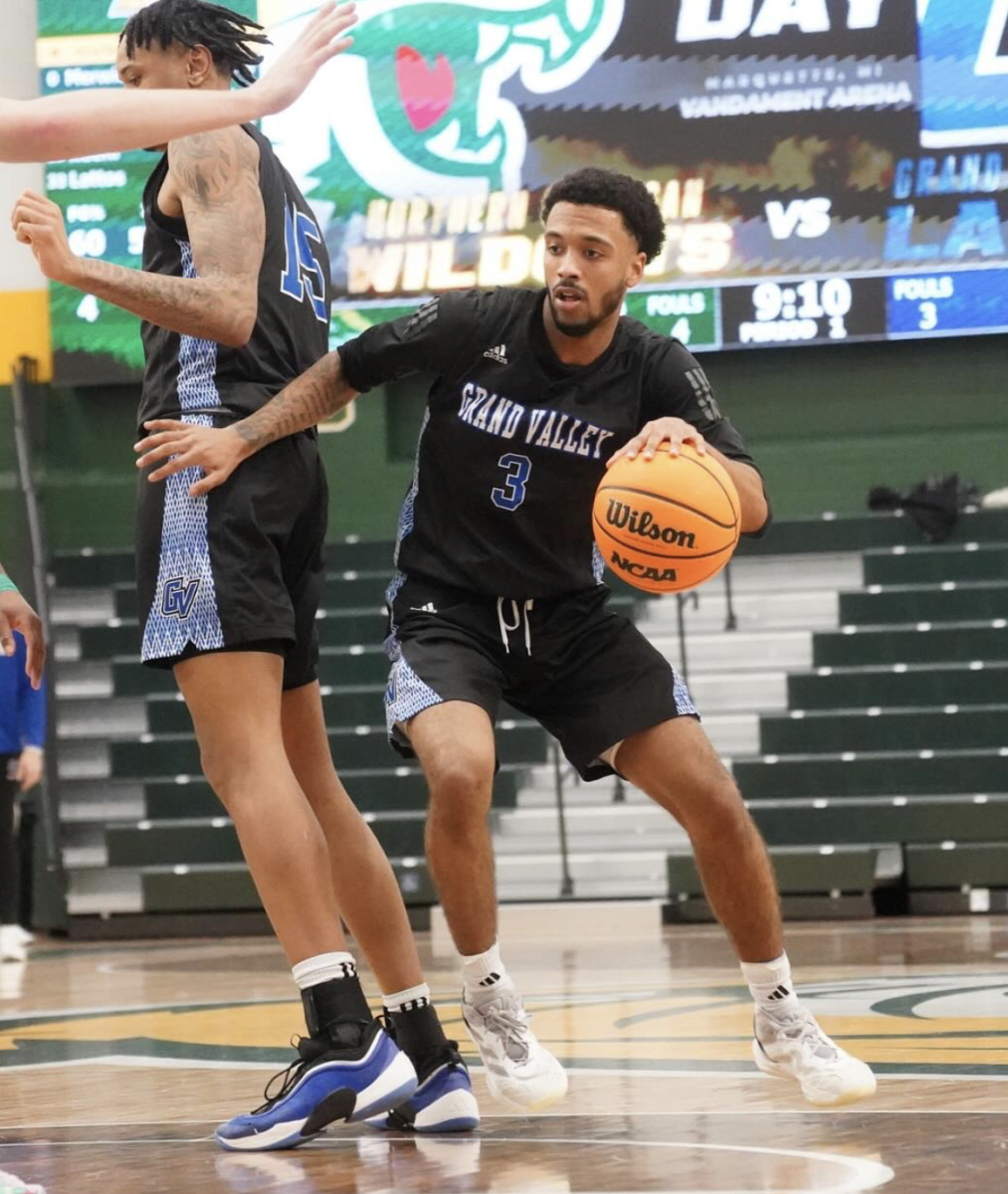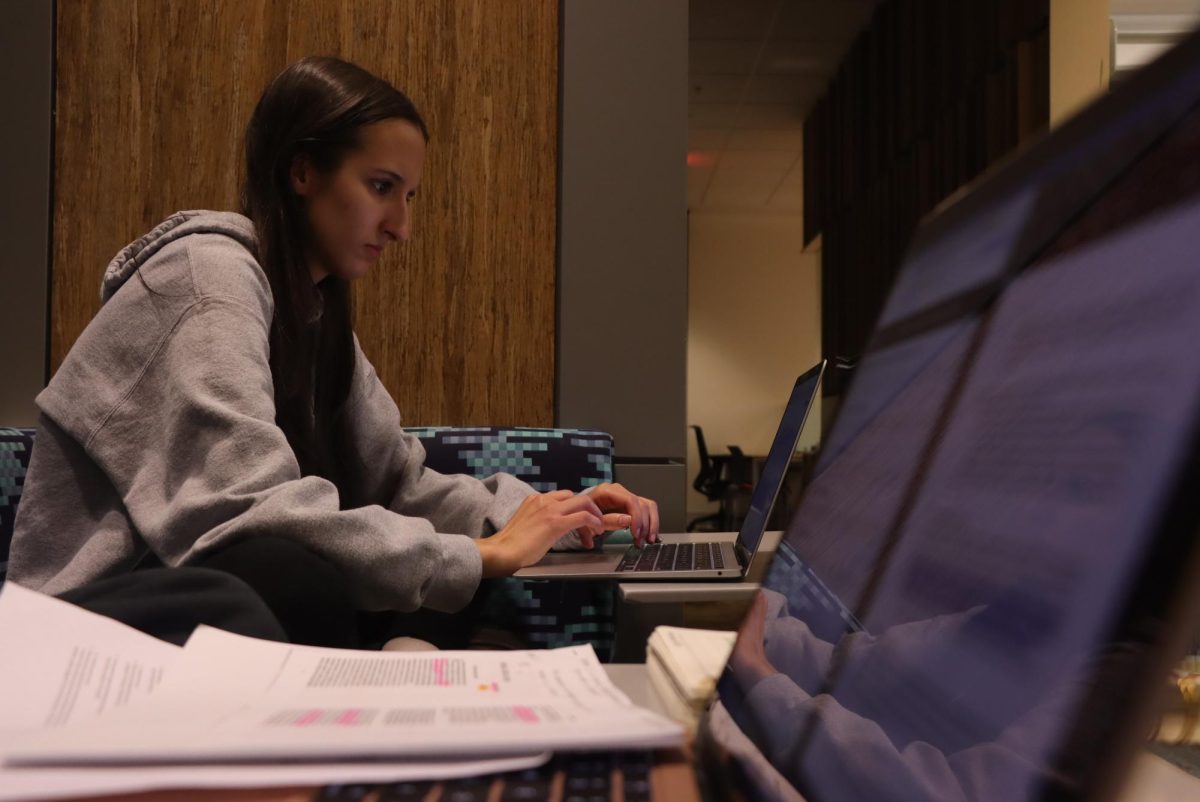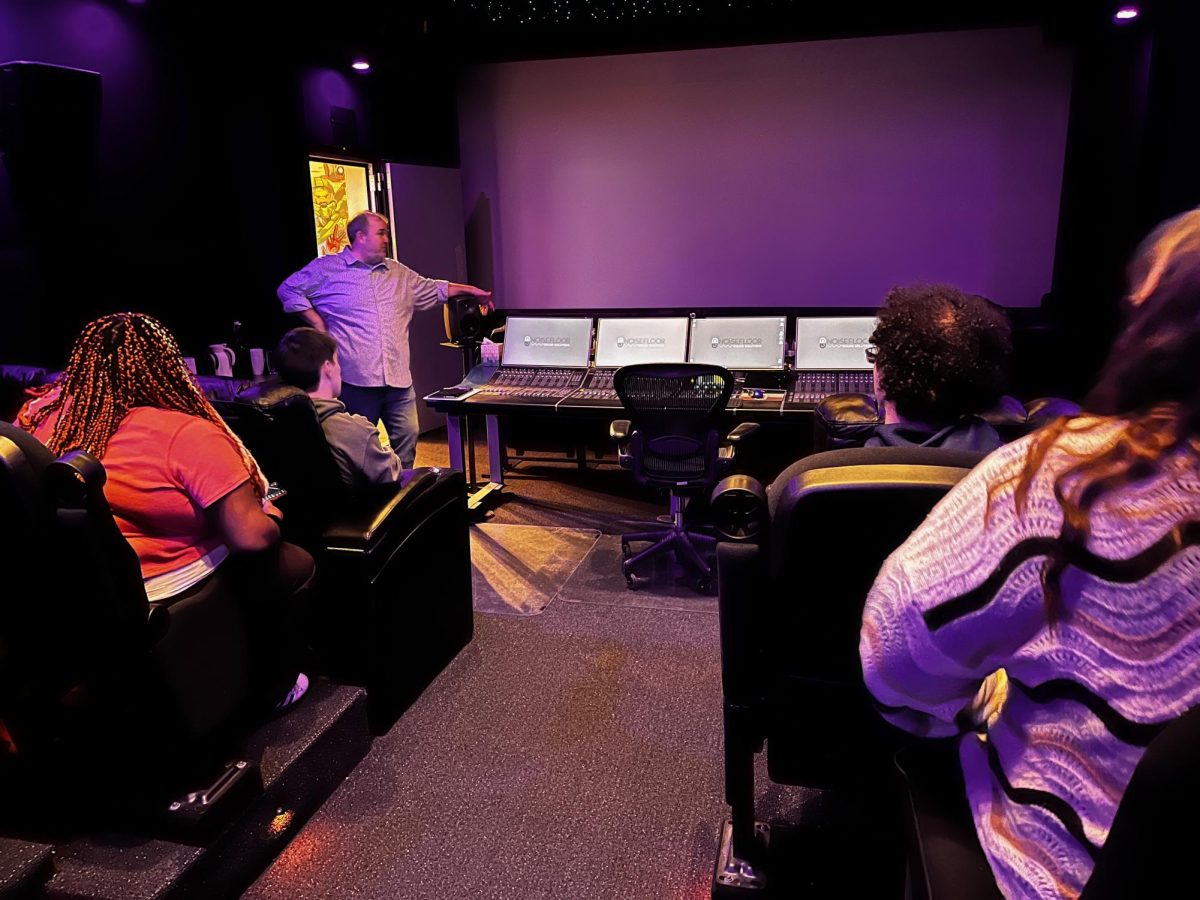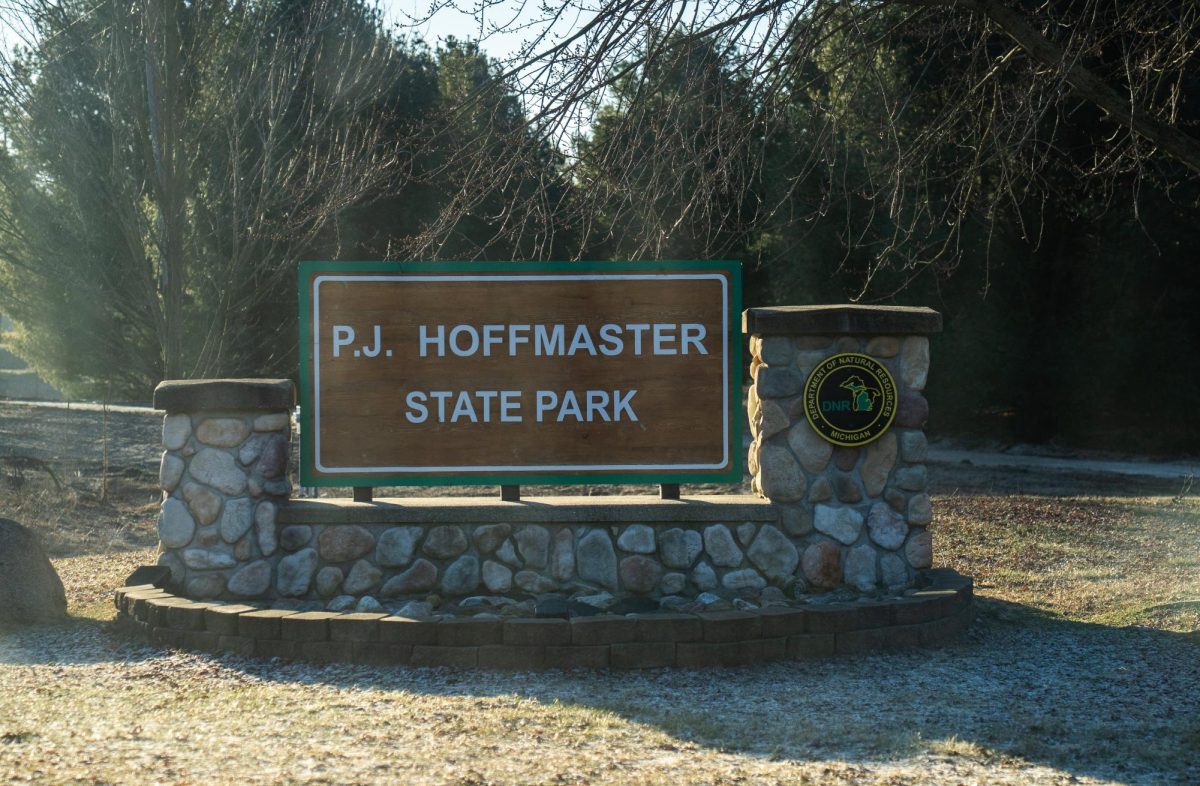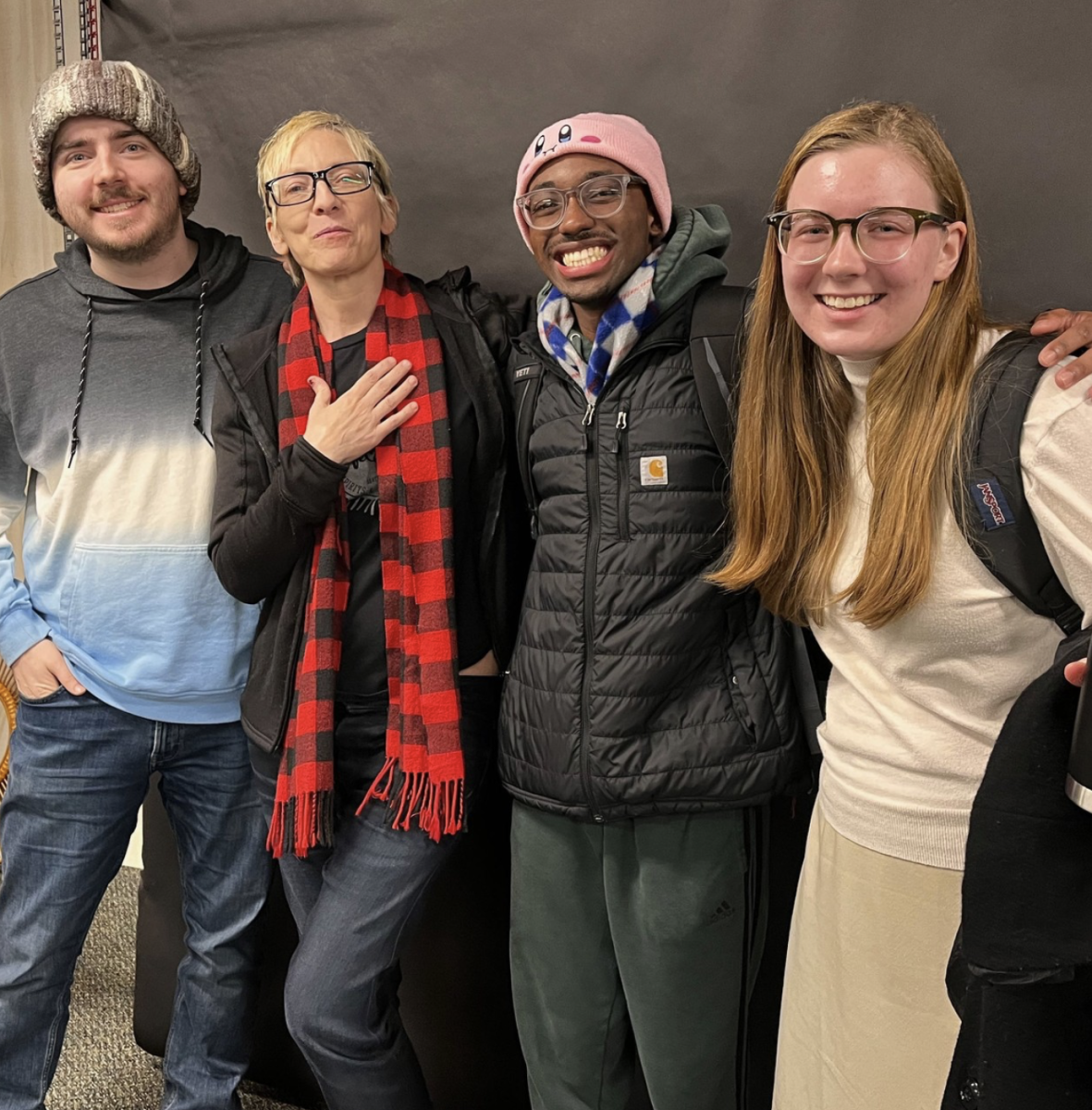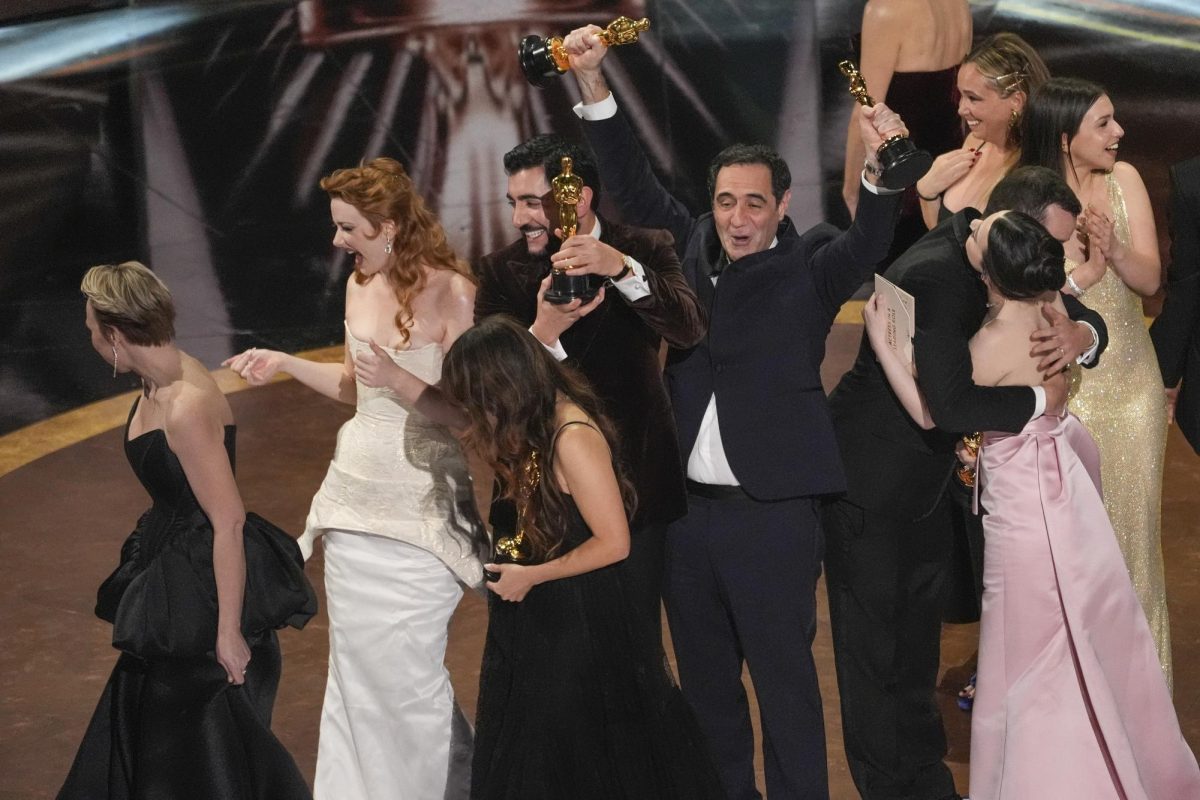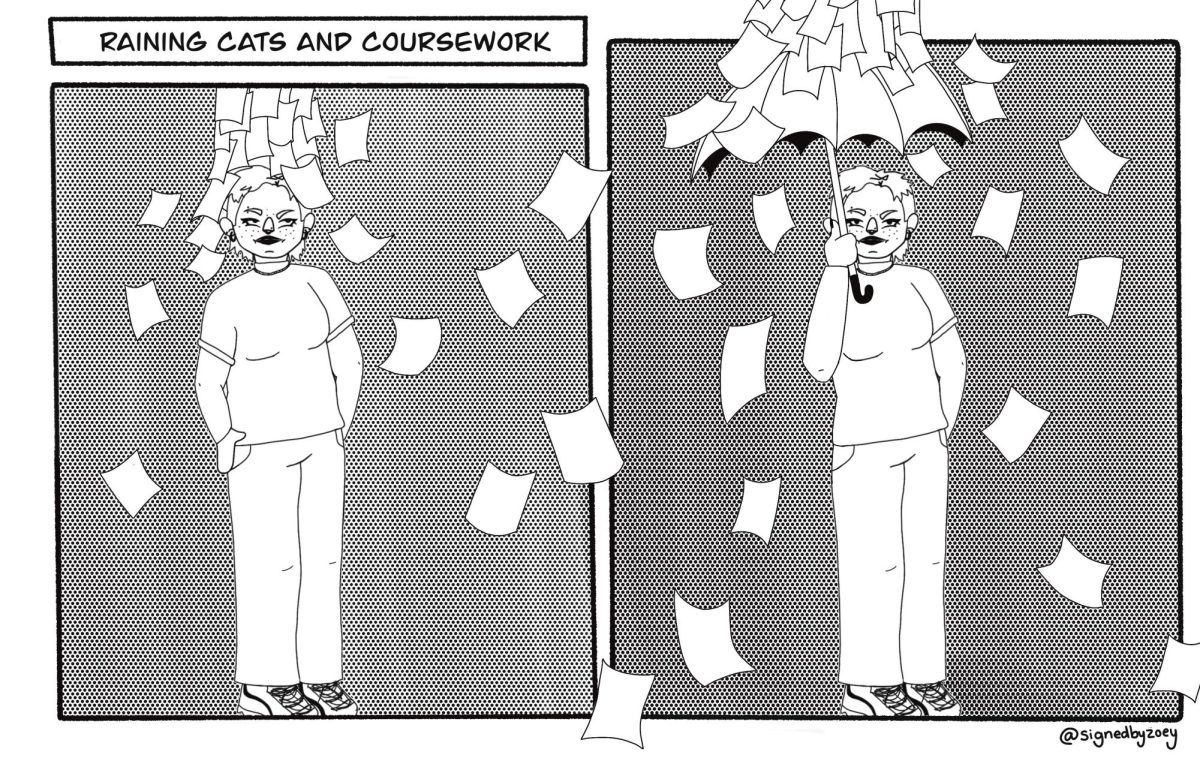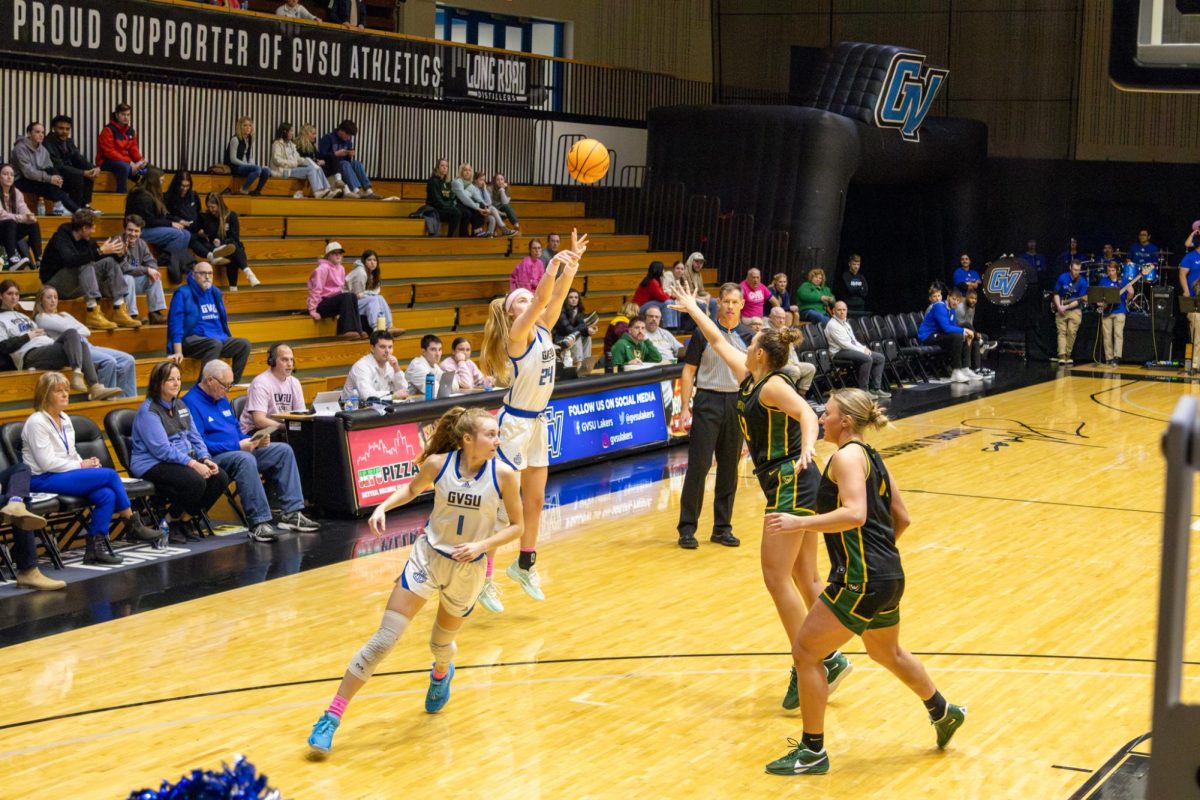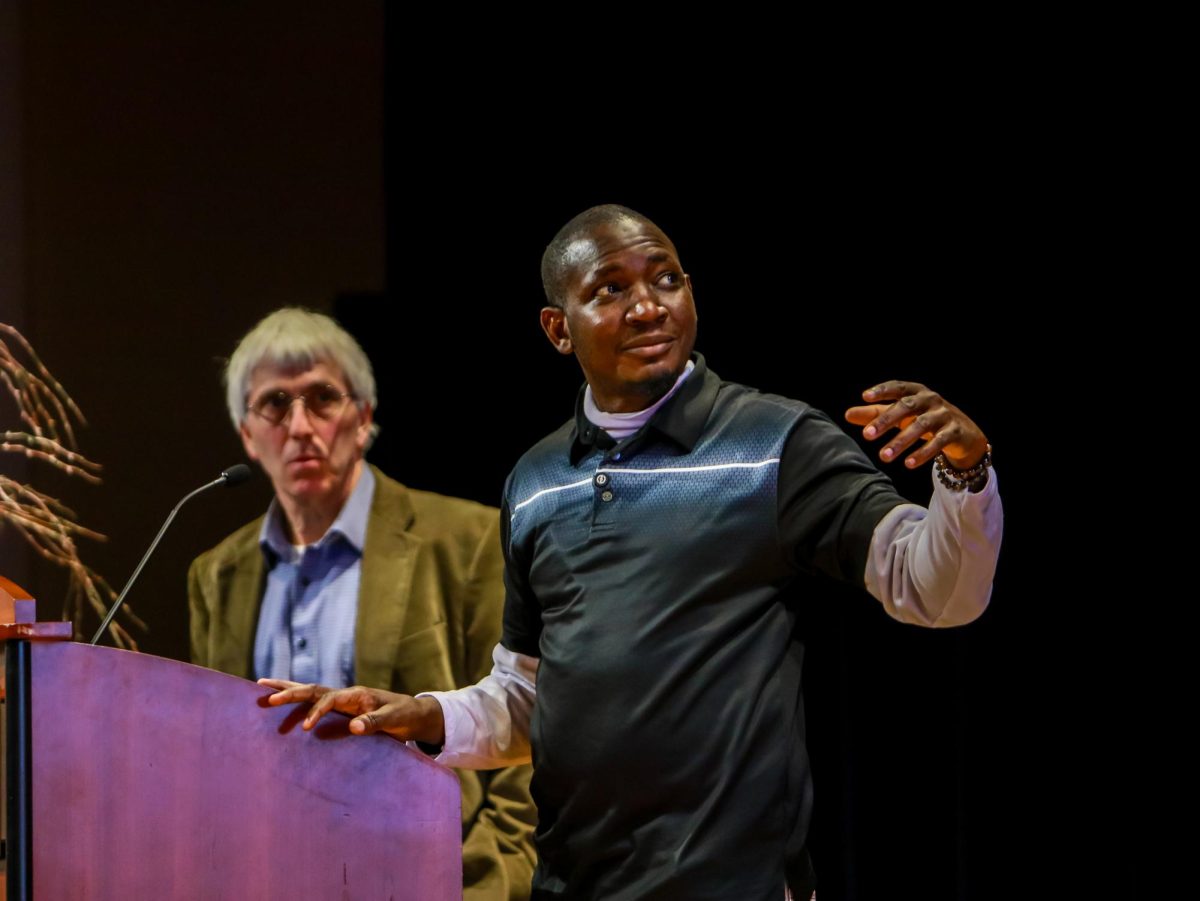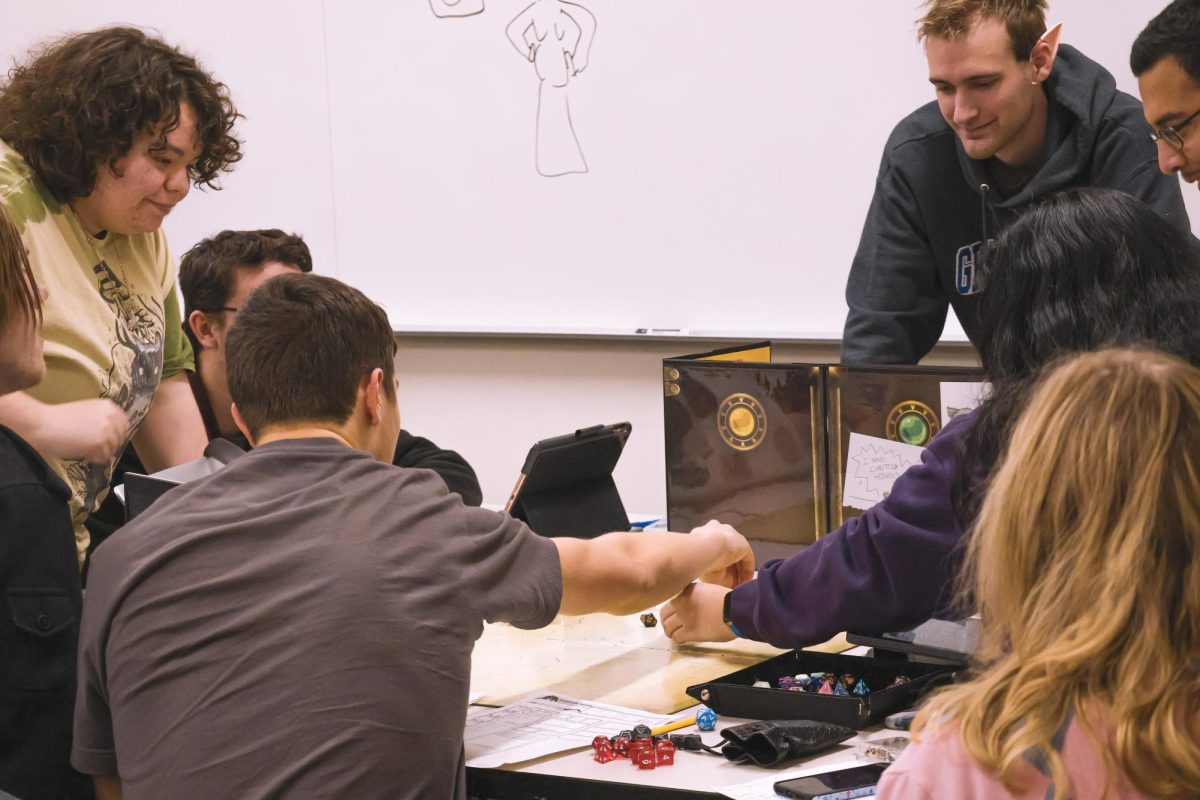Review: “Don’t Worry Darling” is a half-baked movie
Oct 10, 2022
“Don’t Worry Darling” has been shrouded by drama leading up to its premiere, with abysmal reviews and buzz on the internet full of younger audiences bashing or raving about Harry Styles’ performance. The film – and the talk surrounding it – brought young audiences to the movie theater in the age of streaming from home, with the movie grossing $54.7 million dollars worldwide.
The movie has all the makings of an intriguing thriller: a star-studded cast, incredible lighting, set design, costuming and overall a creative and attention-grabbing plot.
However, it falls flat – stopping it from being a great film and instead settling for being a good watch. “Don’t Worry Darling” is full of half-baked ideas, a rushed ending and the inability to fully delve into the concepts that it hopes to address.
The movie follows Alice (Florence Pugh) and Jack Chambers’ (Harry Styles) passionate and picturesque relationship in an equally “perfect” town. This structure is dismantled as Alice comes to question what her place is in the Victory Project. She frantically works to ask and find the answers to a looming, unknown evil. The audience shares her same confusion throughout the film, however, this feeling is never truly resolved in the end.
The cast is set up for success with Pugh as the lead, with a stunning expression of emotion, distress and confusion that keeps the audience at the edge of their seat. Dissapointing, but expected, was Styles’ performance that stands out as unseasoned and sometimes insincere at pinnacle action shifts as compared to Pugh. The quality of the acting remains as the supporting cast does effectively work to convey the tone of the movie.
The strongest element of the film is its visually appealing aesthetic. The 1950’s appearance with post-World War II style ranch houses and equally retro-decoration, feminine dresses, make-up, updo hairstyles and classic cars place the viewer both into notions of the past and a seemingly futuristic utopia.
The gender roles established by this presentation and the characters’ roles – women staying home while the husbands go on to undisclosed jobs – tie into the familiar knowledge of the audience. This is the closest attempt to developing the larger message of the film.
These elements, while interesting to watch on their own, are not brought together to create a completely cohesive message and develop the current-day connection revealed in the end.
I think this is due to shortcomings primarily in two “Ps”: pacing and plot holes.
The pacing of the movie was slow in the beginning. It draws out the confusion of the characters through looping and repetition of events, visuals and the characters’ daily lives. Due to the twist, the entire purpose of the film becomes rushed. The structure fails to properly intertwine these elements and instead leaves them loosely tied in an attempt to give answers to the viewer and resolve conflict.
“Don’t Worry Darling” failed to truly express the interesting commentary the film could have potentially made.
The movie could have better addressed the social issues it sought to by giving glimpses into the twist, even without fully revealing it, earlier into the film. This would help to provide purposeful connections instead of solely confusing the audience.
“Don’t Worry Darling” was not a disappointment. It was simply enjoyable when it had the potential to be phenomenal. Its aesthetic, contents and start-studded cast created an overall positive takeaway from the film. To put it in Styles’ words, it made the movie “really feel like a movie” that you would go to the theaters for.







